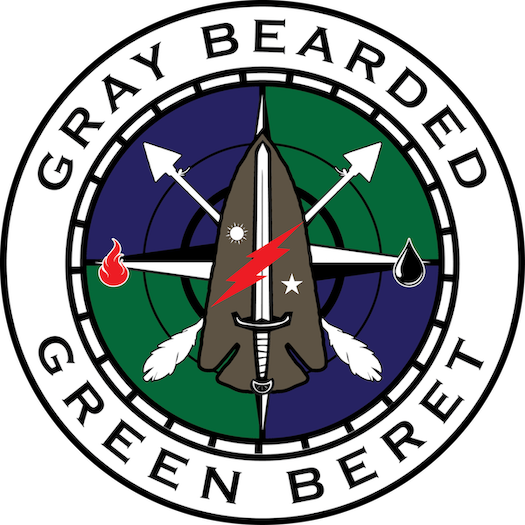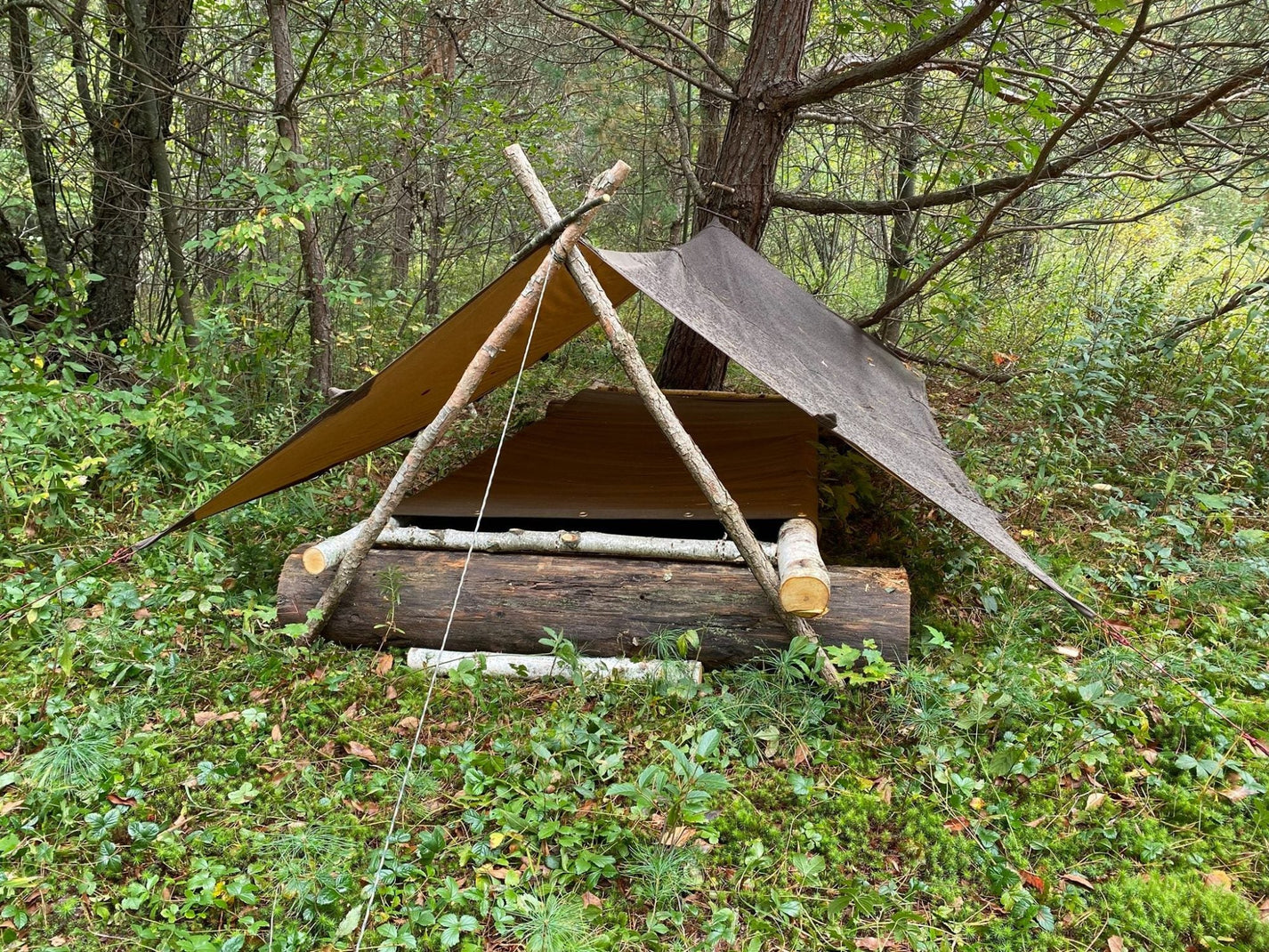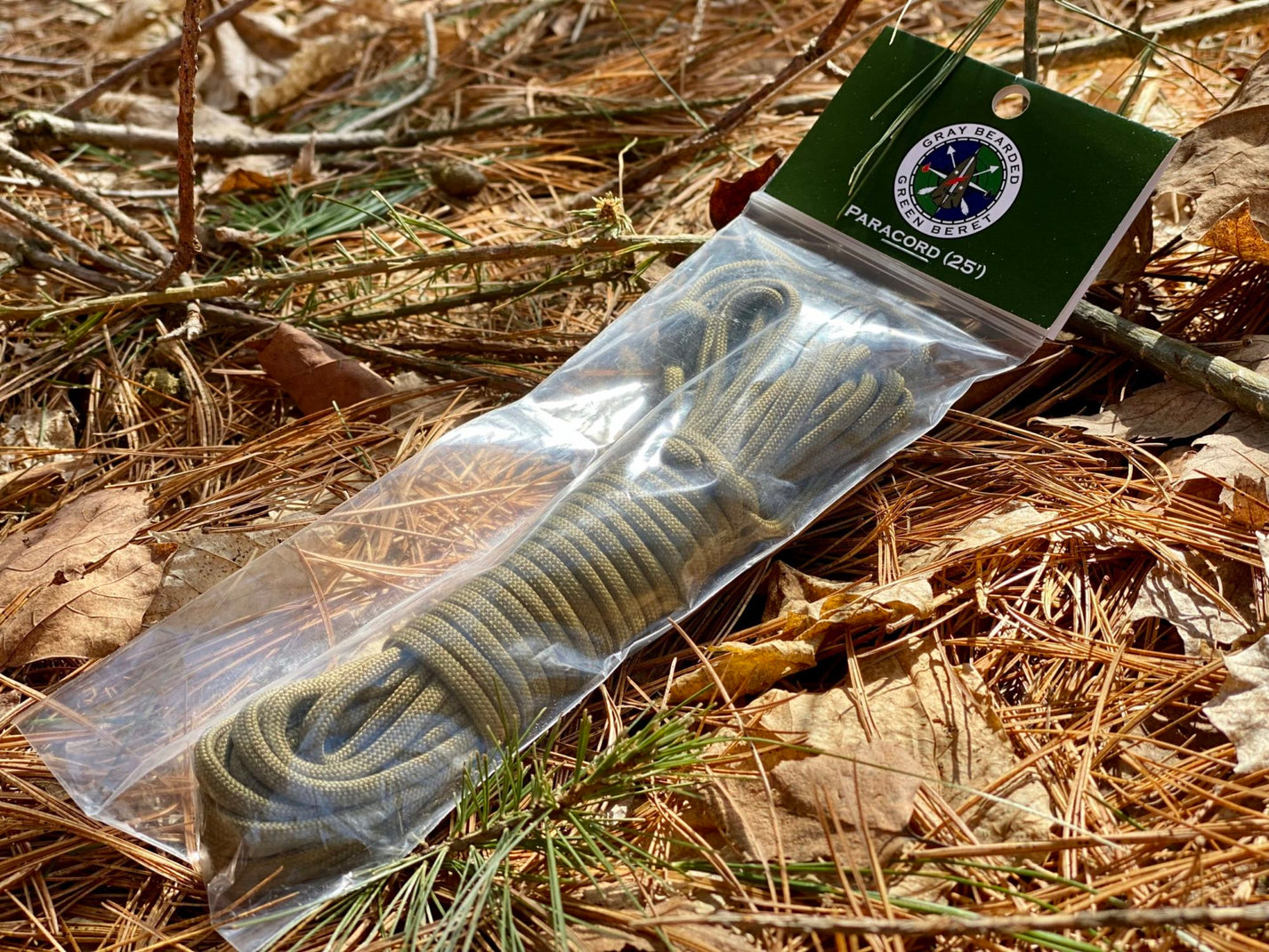The Shelter Kit
Your clothing is your first form of shelter. Choosing clothing that is appropriate for the environment you are going to be in, and the worst conditions you expect to face, is the first part of your shelter kit.
Don’t look at the weather forecast as the final say in what you pack. Plan for the worst conditions you could face in that environment for that season, regardless of the forecast. Weather can change on a dime. Recall the Layered Clothing System from Wilderness Skills Part 1: Principles of Survival.
Layered Clothing System:
- Wicking BaseLayer
- Insulating Layer
- Durable Layer
- Windproof/Waterproof Layer
After clothing, being able to quickly build an appropriate shelter is next. A good shelter kit consists of something to sleep under, something to sleep in, something to sleep on, and some cordage.
You may or may not choose to also carry stakes to stake out your shelter. These can be made if you have the knowledge, skills, and resources and don’t want to carry them.
When it comes to shelter, you never know what the conditions and terrain are going to be like where you have to set up, so versatility is a must. The wilderness is also a very rugged place, so durability is another huge factor in your choices.
VERSATILITY AND DURABILITY ARE THE MOST IMPORTANT FACTORS IN YOUR GEAR CHOICES.
Something to sleep under can be anything that you use to provide overhead cover and protect you from the elements. This can be a tarp, poncho, emergency blanket, rain fly, or an entire tent if you choose. There are pro’s and con’s to each.
A tent is convenient, but usually heavier and bulkier with the poles and needs to be set on flat ground. Hardly versatile. They are also typically silnylon and silpoly which fail the durability test.
Ponchos, rain flys, and emergency blankets are lightweight and pack small, but these are all extremely bare minimum, and usually won’t give as much coverage or versatility as a tarp. They are also less durable.
A good Oilskin Tarp is difficult to beat for its versatility and durability. Oilksin is lighter and less bulky than most canvas tarps. A plastic, silpoly or silnylon tarp is lightest, but not very durable at all. The wilderness has a tendency to poke holes in them and rip them to shreds rather quickly.
Something to sleep in is something like a sleeping bag or blanket that you can use to insulate you and trap your body heat in. Again, versatility and durability should be the two key factors in your choices.
Sleeping bags are often bulkier and heavier than a blanket and are usually made of materials that do not do well when wet or around the fire. Wool is an excellent choice for the wilderness, and that usually comes in the form of a good wool blanket. Like the oilskin tarp, a good wool blanket will be more versatile and more durable, with no zippers to break or thin nylon shell to catch a spark and burn through.

Something to sleep on is any kind of mattress pad, hammock, or browse bed that keeps you up off the ground and prevents heat loss from conduction.
Mattress pads are usually bulky, and the inflatable ones that are less bulky are not durable at all. One small hole and they become worthless.
A hammock can be a good option, but put you up in the air. You end up trading protection from heat loss by conduction with the ground for exposure to heat loss from convection to the air unless you have an under quilt to prevent it which adds weight and bulk. In addition, you end up with the same silnylon and zipper issues.
Canvas once again wins the durability contest. An extremely versatile option is the GB2 Bed Sleeve, which was designed to be filled with duff on-site to create a browse bed mattress, or it can be used as a raised bed or even a hammock. No matter what the terrain, the bed sleeve is ready to accommodate.

Cordage comes in a variety of diameters and tensile strengths. Parachute Cord, or “paracord” has the reputation of being the number one cordage for survival. It likely got that reputation because military survival manuals were a prominent resource in the early days of the industry.
Those manuals advocated the use of parachute cord because the military had an abundant supply of it, and most survival students that would end up behind enemy lines were probably pilots and paratroopers, both of which required a parachute to safely reach the ground. That parachute is full of parachute cord.
It has a nylon outer sheath (the mantle) and 7 smaller diameter nylon cords that make up it’s core (the kern). Typically, it has a breaking strength of 550 pounds, and is often called “550 cord” in the military. Some commercially available civilian paracord doesn’t quite meet that threshold; sometimes it has less inner strands or is made from lesser quality, cheaper material, but it is usually still strong enough for a shelter.
The value of the paracord is that you can remove the inner strands and you have 8 lengths of cordage instead of just the one. Granted, you significantly reduce the breaking strength of both the kern and the mantle, but it will still be suitable for some applications.
The mantle itself is typically good for about 300 pounds and is still quite strong. Each inner strand is only rated for about 35lbs, and is fairly slick nylon that doesn’t hold a knot well, so I find them to be less useful when compared to something like Tarred Mariners Line (aka Bank Line). Each inner strand of paracord can be further broken down into two strands rated at about 17.5 pounds each, a breaking strength that would limit it to even fewer applications. In reality, paracord makes a great ridgeline, but may not be the best choice for all other applications.
BANK LINE, OR TARRED MARINERS LINE, IS A BETTER CORDAGE FOR MOST OTHER APPLICATIONS.
Bank Line is three strands of cordage that is twisted or braided together that has been coated (“tarred”) to protect it from the elements like water, salt water, and the sun. It comes in a variety of sizes and breaking strengths. Twisted should always be chosen over braided so that it is easy to break down into it’s smaller useful strands.
Bank Line can be broken down into it’s three strands and all three strands are equally useable, rather than ending up with one good strand of kern and seven inadequate strands from the mantle of the paracord. You can also carry more bank line with more than adequate strength for the space and weight over the same length of paracord.
The best choice is to carry #36 which is rated at 350 pounds, 50 pounds stronger than the paracord mantle by itself and more than enough for shelter applications. #36 is comparable to three strands of #12 twisted together. There isn’t any public information (at least not easily found) to accurately state the breaking strength for each stand individually, it is reasonable to estimate each of the three individual strands to have a rating of at least 100 pounds since #12 is rated for 106 pounds. This makes it much more useful for more applications should you have to separate the strands.
In addition to the space savings, weight, and overall usefulness, the tarred aspect of the line makes it hold knots extremely well.
How much cordage do you need? At a minimum, you should carry 25 feet of paracord and a 1/4lb Roll of #36 Bank Line (approximately 122 feet). In addition, you should carry 4 six- foot lengths of paracord for various utility purposes so that you don’t have to cut from your ridgeline.
Tent stakes are easy to make in the woodlands, but in other environments it may be hard to source suitable wood to make them. Carrying some lightweight tent stakes may be a good option and is very convenient when it’s time to make a shelter.
Recommended Shelter Kit:
- Appropriate Clothing
- Oilskin Tarp
- Wool Blanket
- Bed Sleeve
- Paracord Hank 25’
- 6’ Paracord Utility Cords (4)
- #36 Bank Line 1/4lb Roll
- Tent Stakes (optional)
A GOOD SHELTER KIT CONSISTS OF SOMETHING TO SLEEP UNDER, SOMETHING TO SLEEP IN, SOMETHING TO SLEEP ON, AND SOME CORDAGE.
Join us for a Live Course or Workshop here. For more on similar topics see my downloadable content here or books and PDFs here.
Be Prepared First. I hope to see you around our fire soon!
-Joshua





